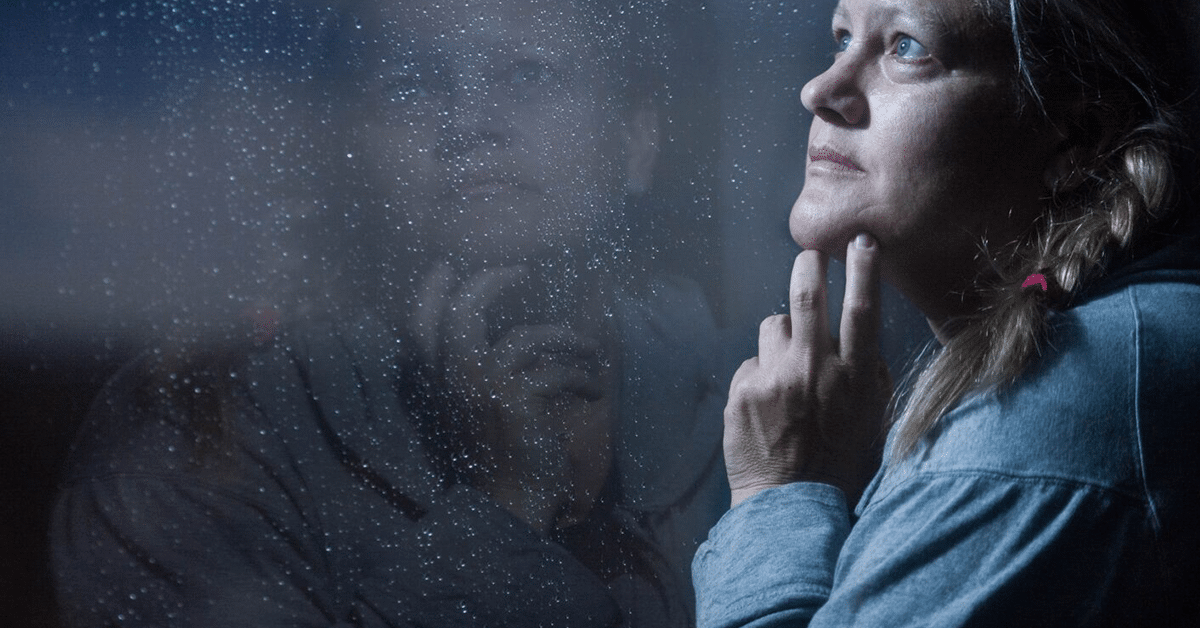Attachment Theory and neuroscience provide substantial evidence in support of animal-assisted therapeutic interventions. Although many attachment-based therapeutic modalities exist, a burgeoning field of animal assisted therapies has emerged in recent years, providing a promising new avenue for intervention (Fine, 2015).
Analyzing the human animal bond, understanding its neuro-scientific impacts on the brain, and analyzing outcomes of recent Attachment-based interventions may create a more comprehensive body of literature outlining these evidence-based interventions.
Service animals have been utilized since World War I in the United States to meet the physical and emotional needs of the humans they serve. These animals accomplish a wide range of physical tasks such as opening doors, being seeing-eyes, pulling wheelchairs, providing physical stabilization etc. (Evans, 2014; Goren, 2014). In contemporary society, Service Animals increasingly serve emotional and psychological support (Shani, 2017). The Americans with Disabilities Act (1990) served as the first federal law allowing for the provision of rights and privileges to service animals and their handlers. Since 1990, increasing numbers of clinical studies have assessed the social-emotional benefits of therapy animals. Animal Assisted Acitivities (AAA’s) and Animal Assisted Therapy (AAT) have gained momentum!
Research demonstrates that the quality of the attachment between humans and animals, in certain circumstances, can mimic or approach replication of human caregivers and infants (Maschinot & Elkin, 2001; Rockett & Carr, 2014; Schneider et. al., 2010). The provision of unconditional care, social support, attentive loyalty, and physical safety are all examples of attachment-related functions typical of the human animal bond (Evans, 2014; Goren, 2014; Shani, 2017). Therapists using Attachment-oriented animal-assisted approaches create a holding space by modeling trustworthiness, care and attention in their interactions with both the animal and the client (Tedeschi et al., 2015; Fine, 2015).
The strategic Interaction between humans and animals has a demonstrated effect on certain neuro-chemicals related to secure attachment such as the reward chemical, dopamine, and the attachment hormone, oxytocin (Feldman, 2017; Fine & Beck, 2015; Strathearn, 2011). Furthermore, neuroscience demonstrates that strategic interventions using animals can lead to a decrease in the stress hormone, cortisol (Odgers & Bloom, 2014; Parish-Plass, 2008; Sable, 2012). These findings all provide neuro-chemical evidence in support of attachment oriented animal-assisted intervention.
From the vast amount of research on the human-animal bond, Attachment, and the brain, it is evident that animal-assisted approaches create vast opportunity for the clinical community. Through observation and insight, we may gain invaluable insights into clients’ inner-world while providing a transformative and healing atmosphere.
Keep Reading
Want more? Here are some other blog posts you might be interested in.







